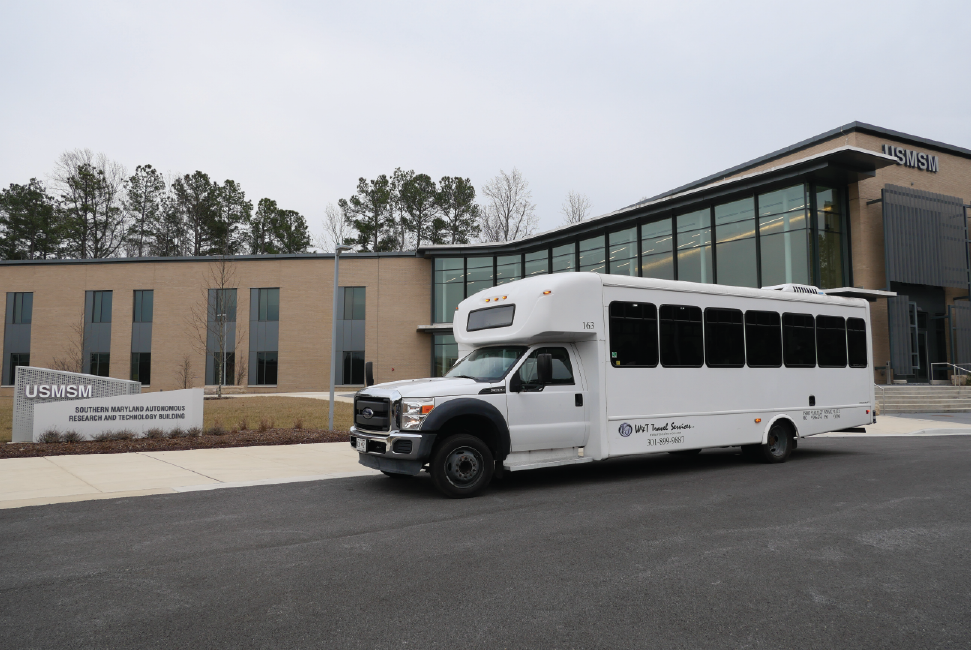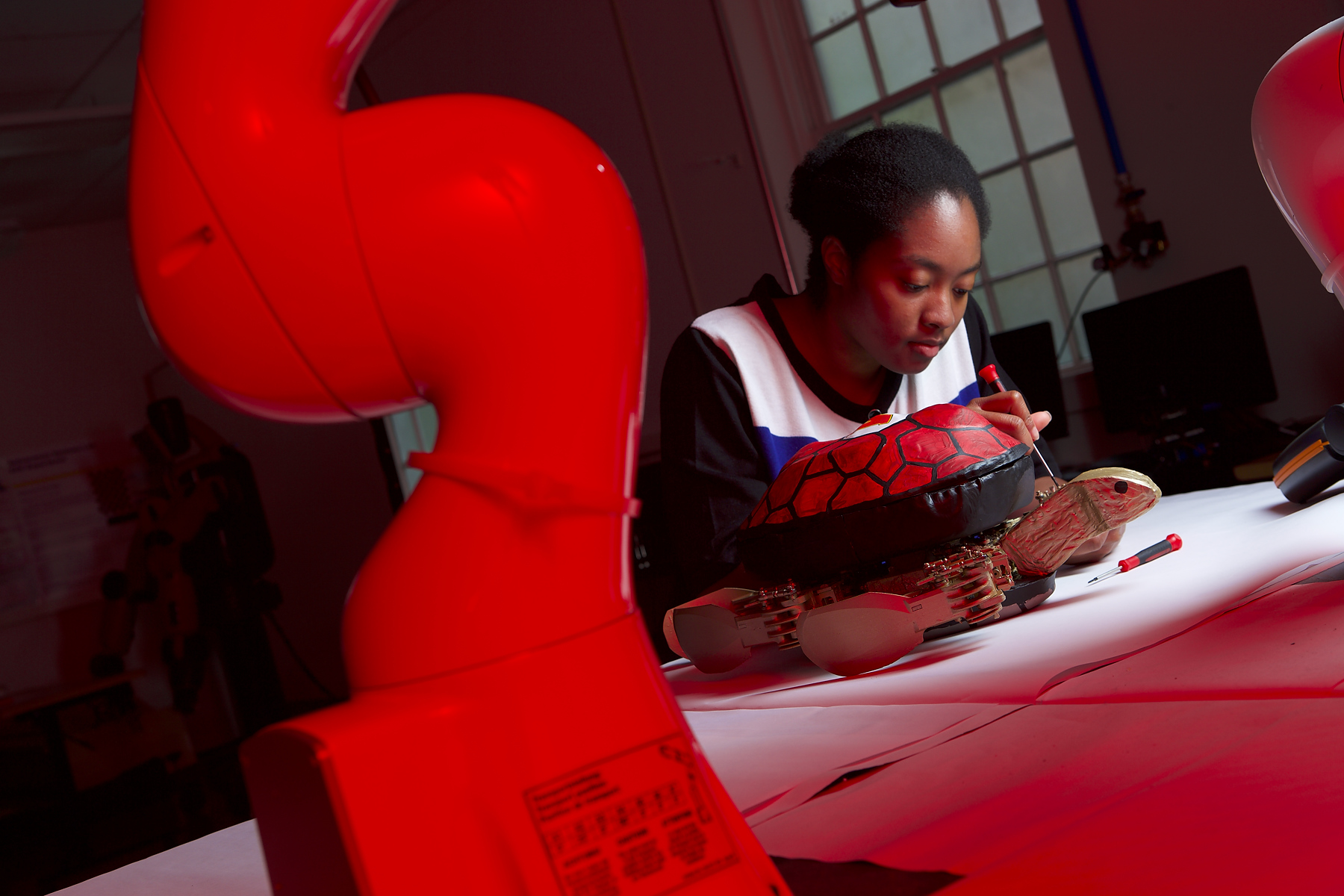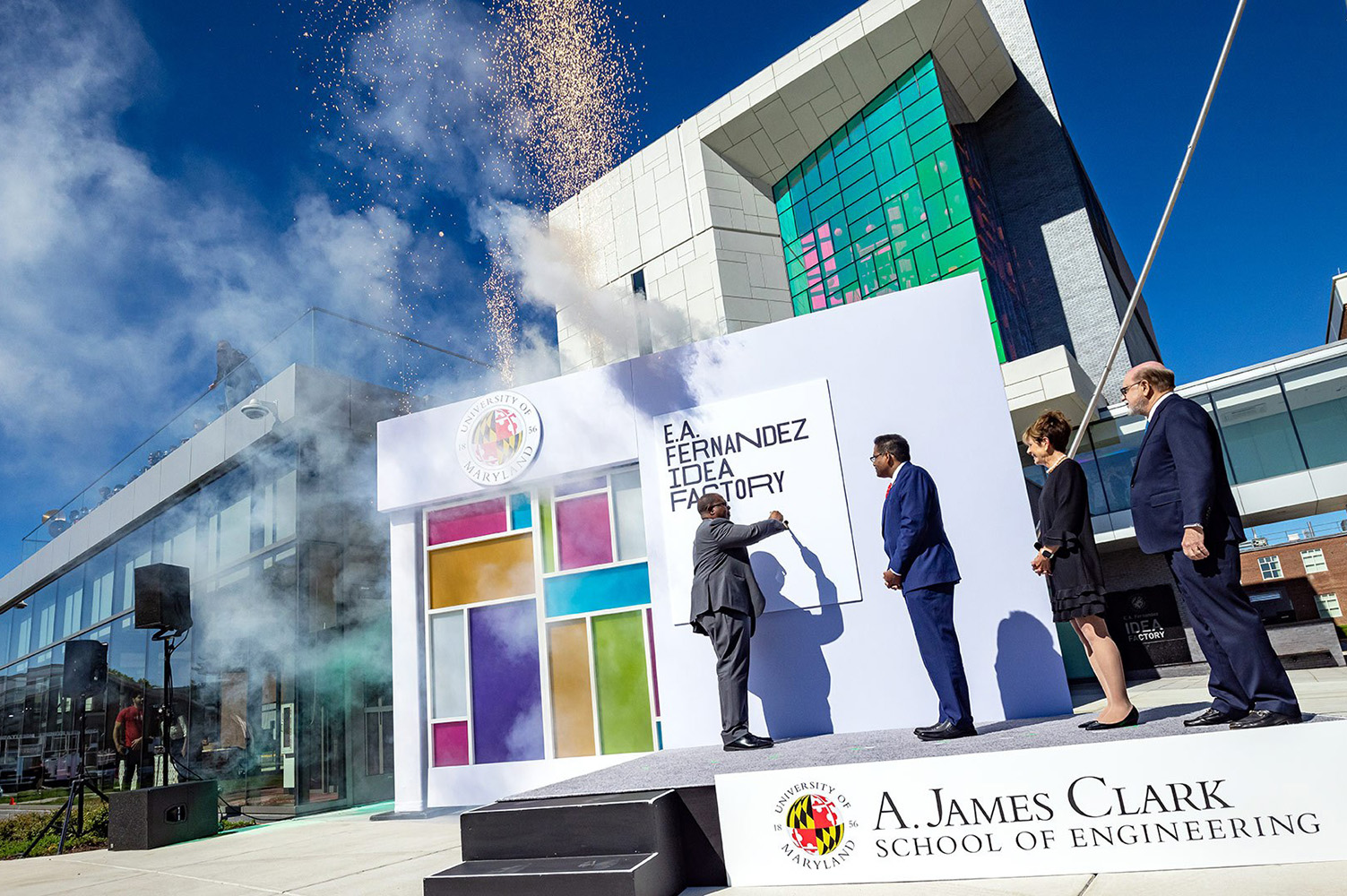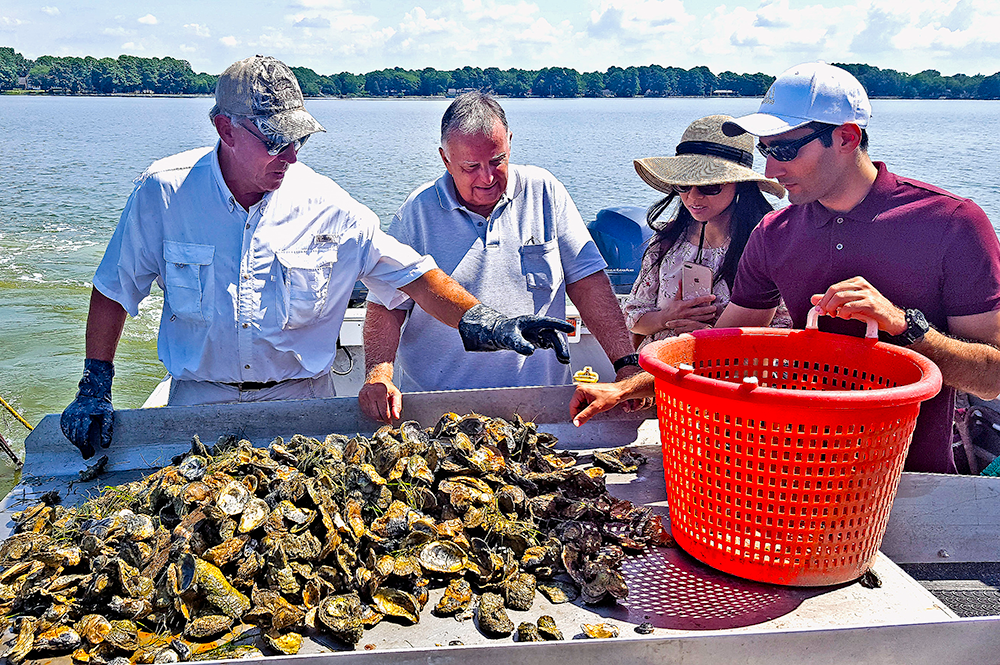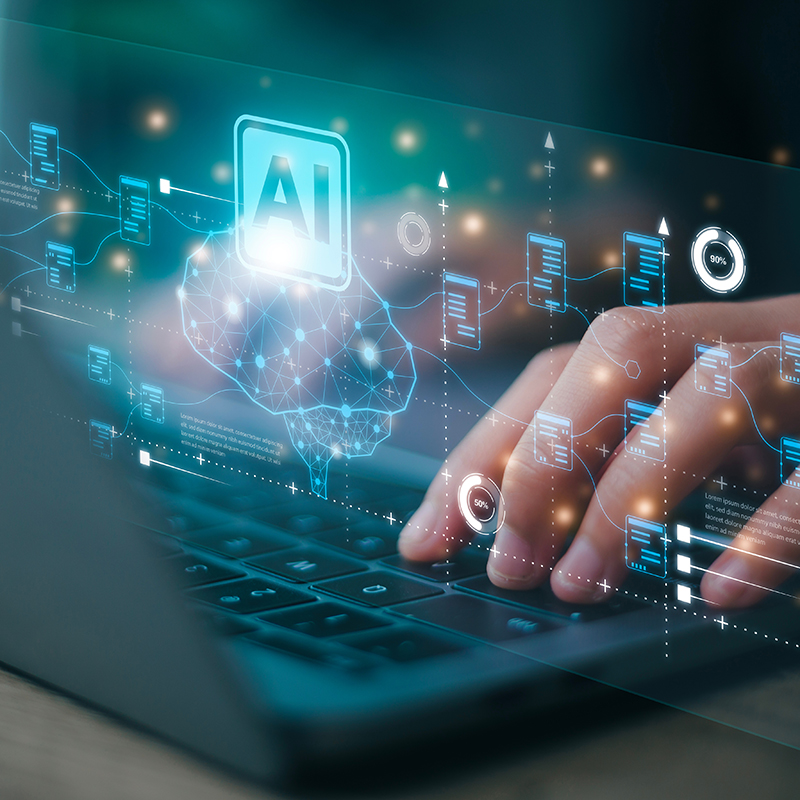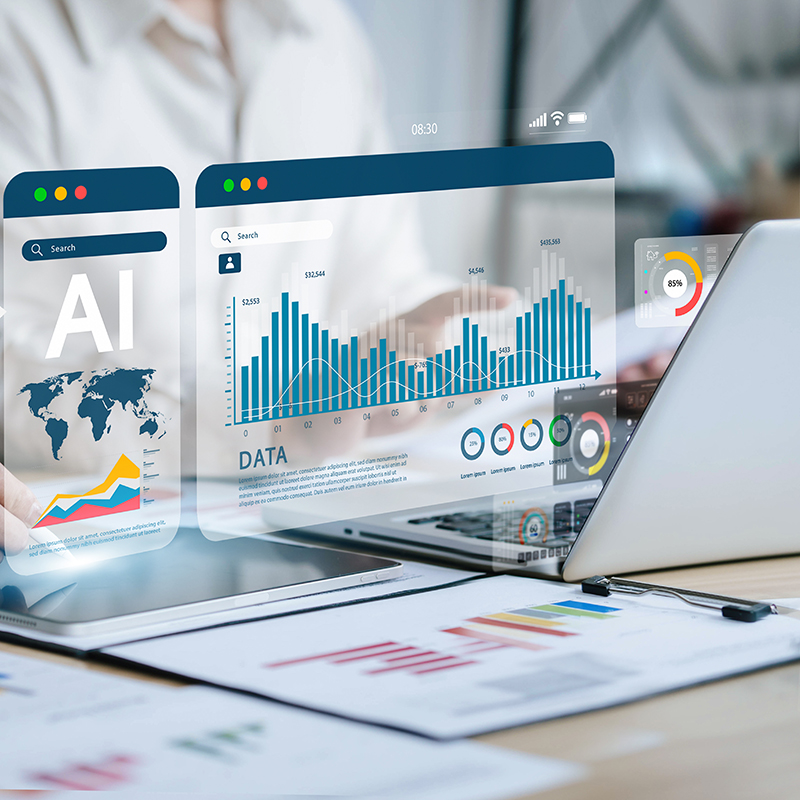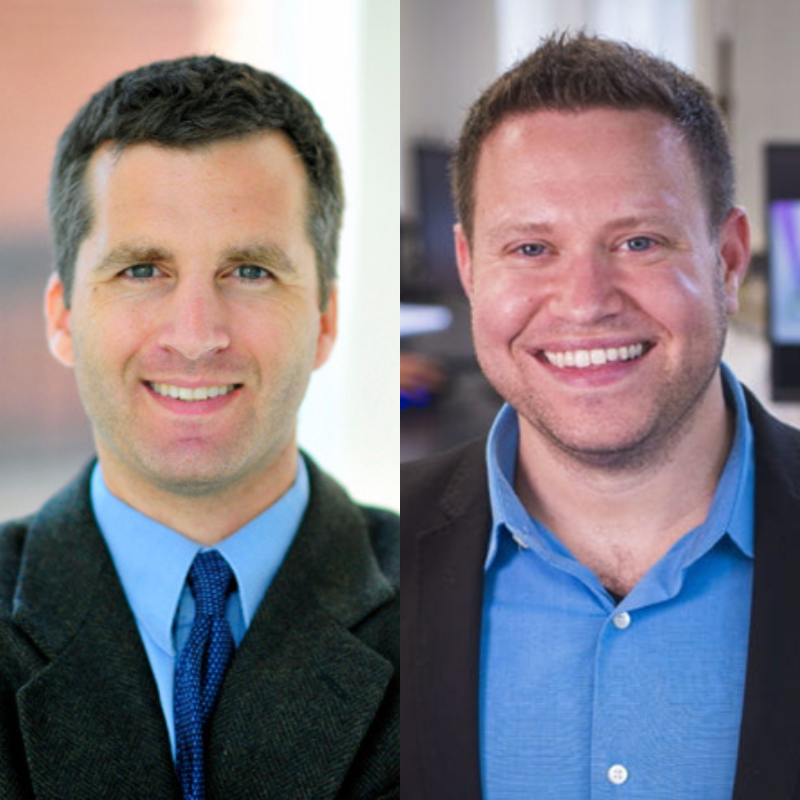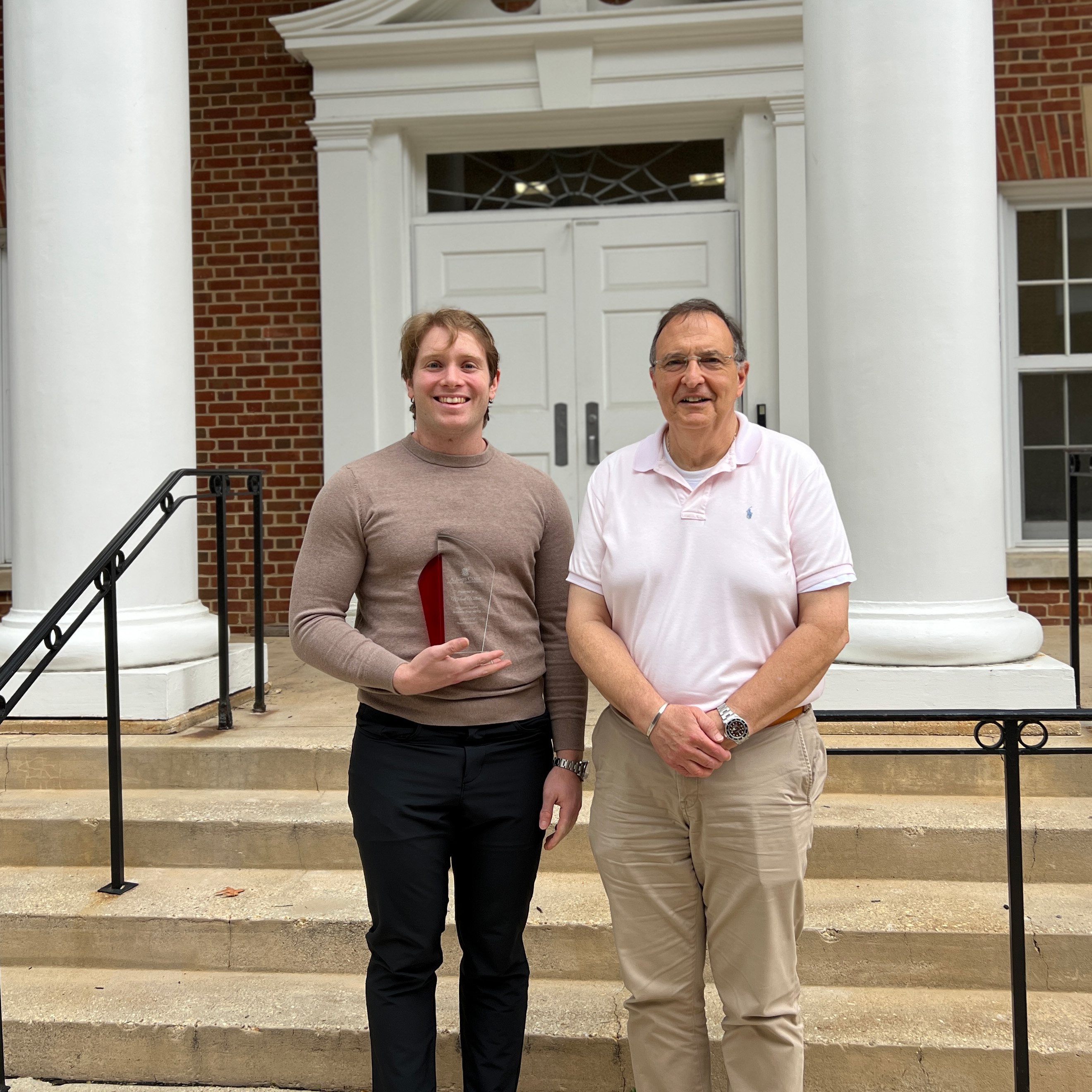News Story
Robotics Students Face Off in End-of-Semester Competitions
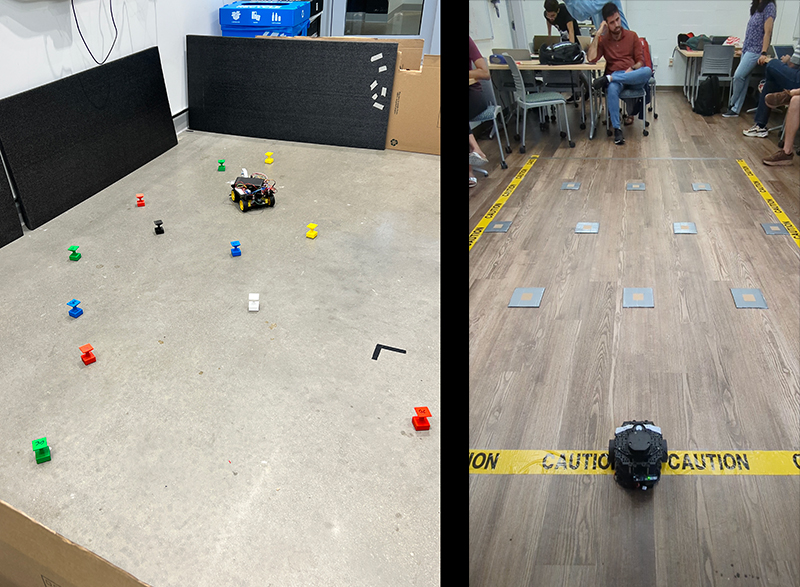
The courses for the ENPM809T Grand Challenge runs designed by Dr. Mitchell (left) and ENPM661 Planning for Autonomous Robots Competition designed by Dr. Monfaredi (right)
As the end of the semester approaches, and finals loom on the horizon, many students picture themselves cracking open their textbooks to study a semester’s worth of knowledge. Others prepare to write essays that put all their new knowledge down on paper. But for students working towards a Master of Engineering in Robotics, offered through Maryland Applied Graduate Engineering, the end of the semester is for competition. With autonomous robots.
An autonomous robot is a self-operating machine that can perform tasks and make decisions without constant human control, utilizing sensors, artificial intelligence, and algorithms to perceive and interact with its environment, adapt its behavior, and accomplish specific objectives in a wide range of applications.
In Dr. Reza Monfaredi’s class, ENPM 661: Planning for Autonomous Robots, the competition was against the clock.
Dr. Monfaredi designed a class final competition that drew on hands-on experience and enabled students to transfer their theoretical knowledge into real-world applications. The competition utilized Turtle Bot Burger robots with a controller running based on Robot Operating System (ROS). Each team’s robot had to navigate a 2 by 3 meter arena, avoiding various obstacles. Students were provided with the arena map in advance, but each team had the freedom to select their preferred path planning algorithm developed throughout the semester. Best time, after executing their path planning algorithm and navigating the arena from start to finish, wins.
Leading up to the competition, the semester’s coursework guided students, through several projects, from basic Python programming to advanced programming skills to implement path planning algorithms that account for uncertainties such as state transitions, environmental factors, and dynamic obstacles.
“To enhance practical learning and facilitate the application of theoretical knowledge, the course incorporates a project-based approach. Students develop multiple path planning algorithms during the semester and validate their effectiveness in a simulation environment, notably using Gazebo,” Dr. Monfaredi wrote about the competition.
“Overall, the Autonomous Path Planning project and the subsequent competition served as exceptional opportunities for students to bridge the gap between theory and practice,” Dr. Monfaredi wrote. “By implementing path planning algorithms and witnessing their impact in a simulated and real-world setting, students gained valuable experience in robotics and automation. The high level of enthusiasm and participation demonstrated by the students further underscores the significance of this field and its potential in shaping the future.”
Out of 25 teams total, with two or three students per team, this semester’s winners were Shantanu Parab and Vineet Singh with a time of 16.51 seconds. In second place were Saksham Verma, Vedant Ranade, and Shyam Sundar with a time of 17.37 seconds.
Dr. Monfaredi says that his teaching assistants, Adarsh Malapaka and Aneesh Chodisetty, were instrumental in planning and executing the event, from ensuring a fair contest to providing support to the students.
On a different day, in Dr. Steven Mitchell’s class ENPM809T: Autonomous Robotics, the end of the semester was for Grand Challenge Runs.
“To enhance practical learning and facilitate the application of theoretical knowledge, the course incorporates a project-based approach. Students develop multiple path planning algorithms during the semester and validate their effectiveness in a simulation environment, notably using Gazebo,”
Dr. Reza Monfaredi
Dr. Mitchell designed the challenge around a hypothetical scenario that involves one of the Mars Exploration Rovers collecting and transporting construction materials. Fourteen spool-shaped objects were placed randomly inside of the boundary zone. The spools were different colors– three green, three blue, three red, two yellow, two white and one black.
The trial began with the student placing their robot inside of a taped-off square in one corner of the boundary zone. The student started their program and then it’s hands-off for the duration of the trial. The robot needed to collect one spool at a time and deposit it into the construction zone, another taped-off square in an adjacent corner. The robot had 9 spools total to collect, and collect in order: green, blue, red, green, blue, red, green, blue, red.
The student received one point for each spool transported to the construction zone in the correct order. The student lost a point if the robot transported a yellow, white, or black spool to the construction zone. If the robot touched the wall along the outside of the boundary, the trial was over. And, there was a 10 minute time limit.
“The software is 80% written from scratch by each student,” said Dr. Mitchell. Each student used the same hardware including a Raspberry Pi.
Dr. Mitchell watched the runs from right beside the arena, set up inside of the Robotics Manipulator Lab in the Brendan Iribe Center, calculating scores. On his laptop, a Zoom screen displayed an arena set up inside of a student home. Online students were able to complete the run remotely, using all of the same components.
“I see a direct correlation between attendance and focus throughout the semester and score,” says Dr. Mitchell. Leading up to the semester-long hands-on project, students explored the principles of robotic autonomy: the theoretical, algorithmic, and implementation aspects of autonomous robotic modeling and controls, perception, localization and SLAM, planning, and decision making.
“The course was really fun,” said student Sakedh Banagiri. “Professor Mitchell was really patient with us and gave us a chance to apply what we learned to the real world.”
After his first run, Sakedh opened up his laptop to make adjustments before his second run.
“I think I’ll tune down the speed, it was too quick before. And it was tilting as well,” he said. “I’m checking it right now.”
Using a real-world problem as the inspiration for the run, “helps motivate the design, the learning, and helps with engagement,” Dr. Mitchell said.
And there is also the opportunity for cheers too: one student programmed the grippers on his autonomous robot to open and close, giving itself a round of applause, after successful completion of the run.
Published June 13, 2023


